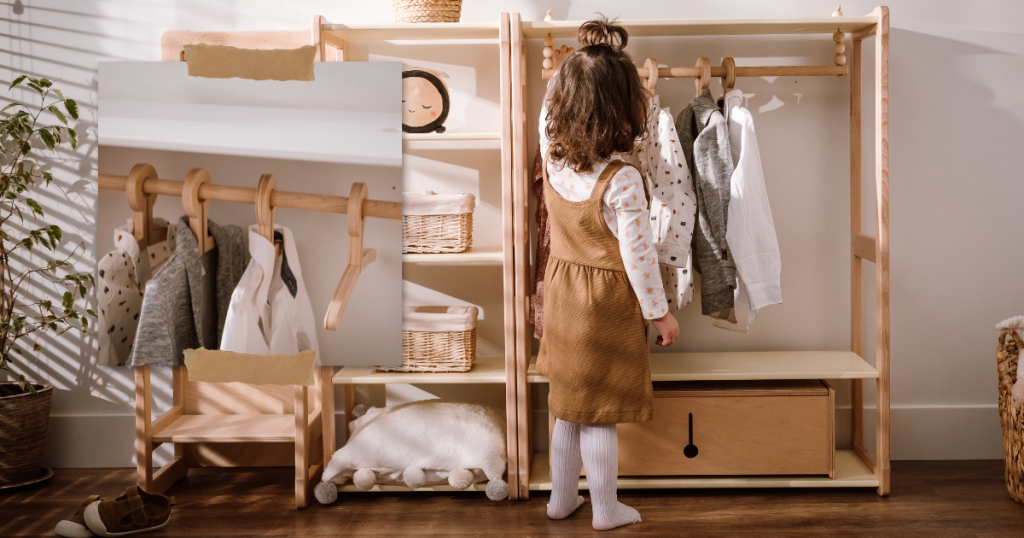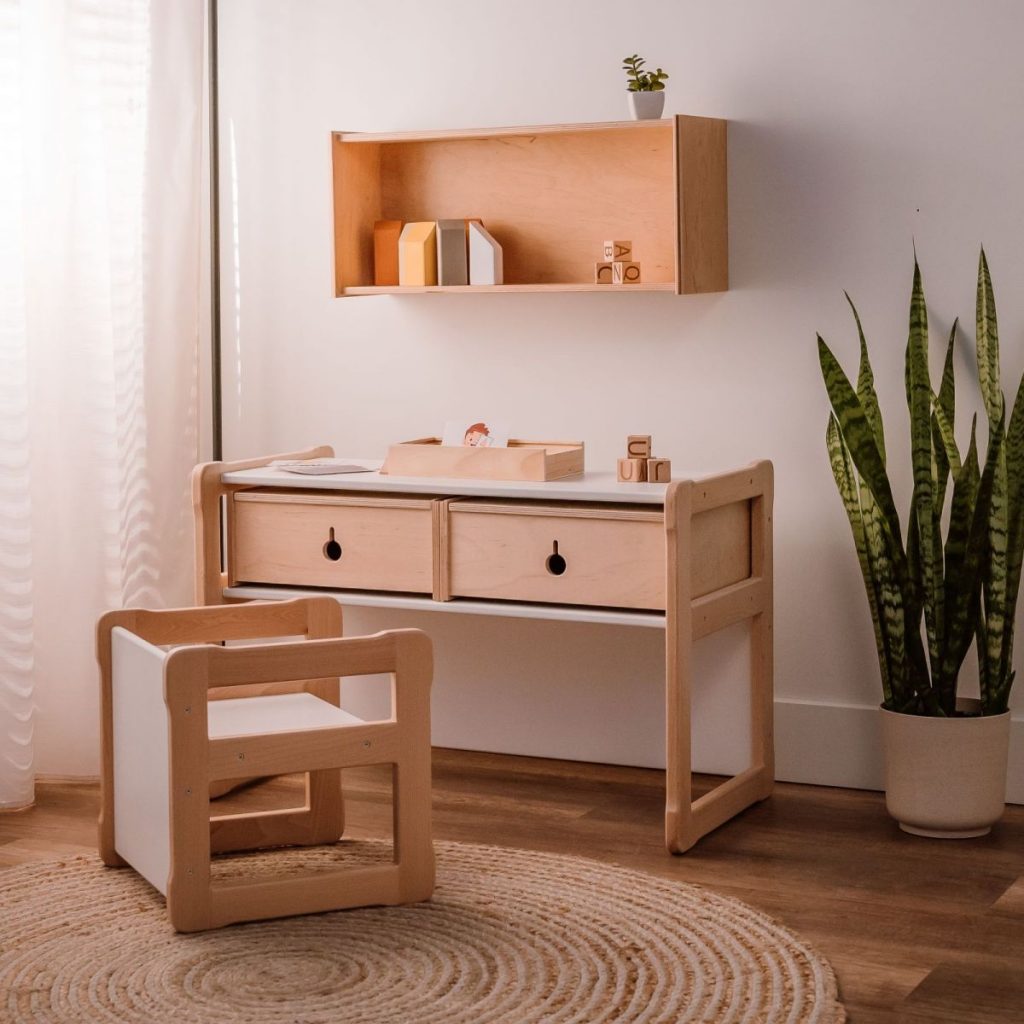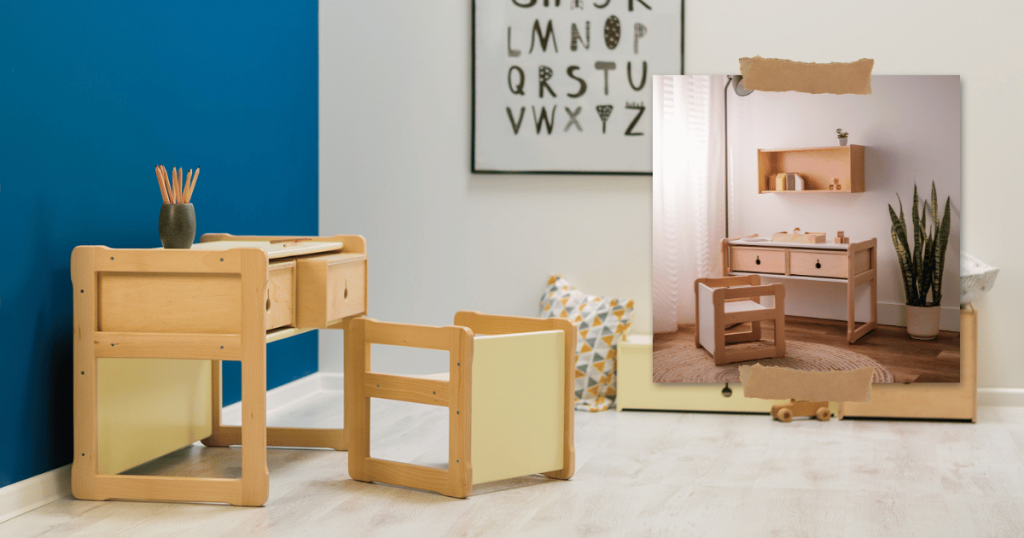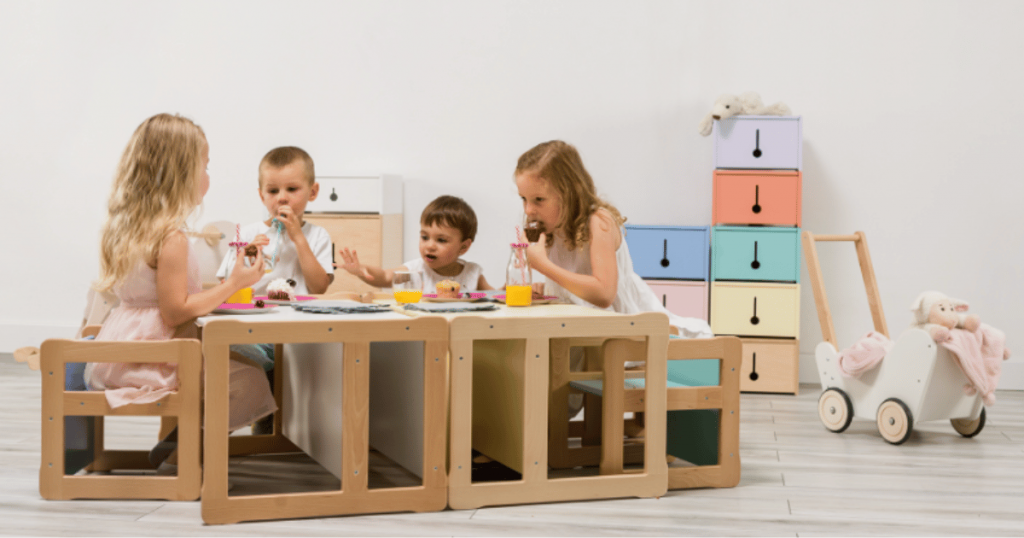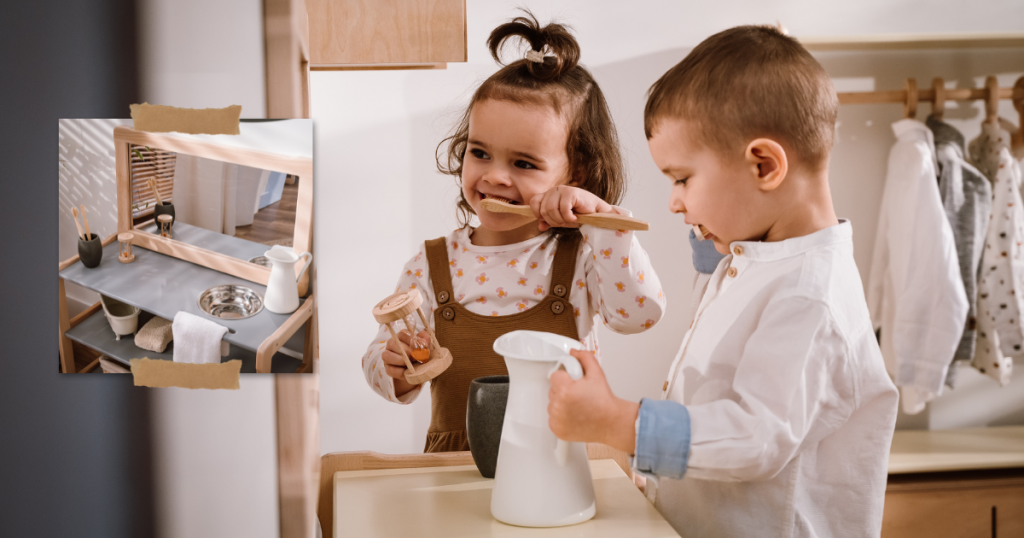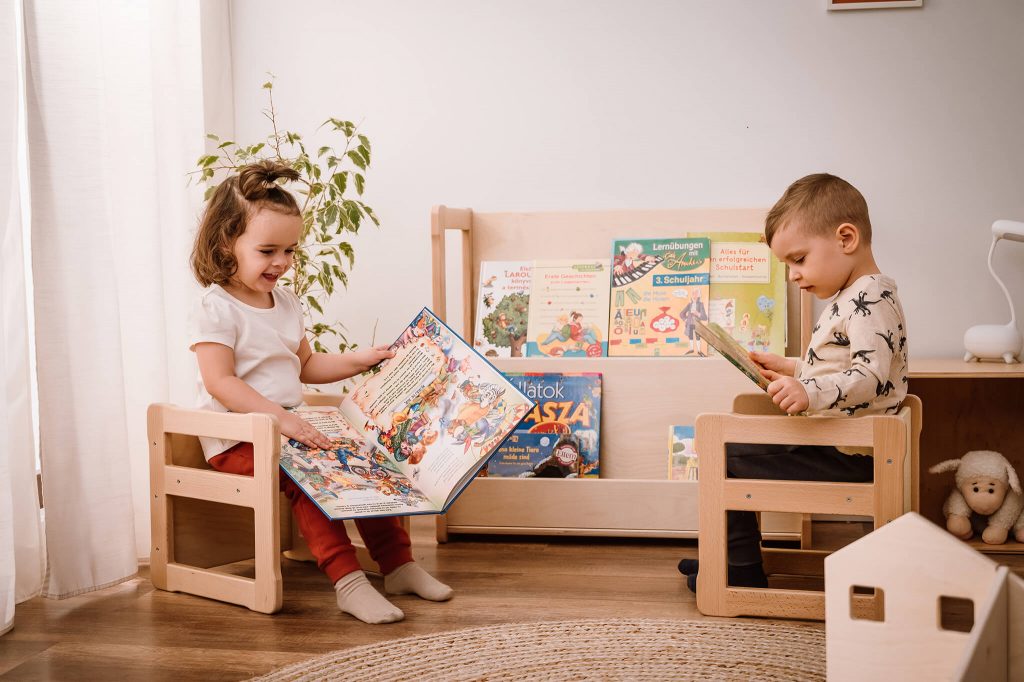Technical aspects when designing children furniture by Mircea Jiga
Anything intended for use by children should be treated differently and with greater care than those intended for adults. If we adults, understand how to use different objects around us, children discover things through direct interaction with them. That is why in the design and execution of furniture intended for children we must take into account certain aspects that make its use in optimal conditions and without danger. These aspects or guidelines to follow would be the following:
- AGE GROUP
- SAFETY IN OPERATION
- MATERIALS USED
- SUSTAINABILITY
- AGE GROUP
Depending on the age of the children, they have different heights and as a result, the size of the furniture must be adapted to these age groups. Below is a table with the height of children depending on their age
| Category | Age | Height cm | Height ft |
| Newborn | 0-1 months | 50-54 cm | 1.64-1.77 ft |
| Baby | 1-12 months | 70-80cm | 2.3-2.63 ft |
| Child/Kid | 12-36 months | 95-97 cm | 3.12-3.19 ft |
| Preschool | 36-72 months | 103-117 cm | 3.38-3.84 ft |
| School | 72-144 months | 122-153 cm | 4-5 ft |
It is important to know which age group we are targeting when designing or choosing furniture for children. An inappropriate height of the furniture can lead to an awkward/incorrect position in use or even to the inability of the child to use the piece of furniture. Children’s autonomy depends to a large extent on the way we organize their things, so the height of beds, shelves, tables or chairs must be adapted to the age group that children are going through.
Because the position of the child at the table is very important and can have serious repercussions on the child’s development, here is a table below correlating the child’s age with the height of the table and chair.
- SAFETY IN OPERATION
At a young age, children are discovering the world around them, climbing, pulling and pushing objects.That’s why children’s products must be safe to use and must not hurt or injure children. That’s why certain standards have been developed to regulate the design and production of children’s toys and furniture.
For example the standard BN-EN 17191:2021 refers to the safety requirements and test methods for all types of seats intended for children, who are able to walk and sit alone.
Another important standard is EN71, which is a set of standards that refers to children’s toys but also part of children’s furniture.
EN 71 mainly addresses safety aspects such as mechanical and physical properties (e.g. sharp corners and edges), flammability properties, chemical composition (e.g. lead and cadmium) and migration of elements.
- MATERIALS USED
In principle, we want the materials, from which the various objects are made of, that surround us, are made out of good quality and non-toxic, especially when it comes to children’s products, these things become imperative.
So in the production of children’s furniture, we must use materials that do not harm children. As mentioned above there are standards that regulate these things (e.g. EN 71).
The materials used in the production of children’s furniture should be mainly solid wood where it is possible and suitable, and where it is not, composite materials such as plywood can be used, but with low emissions of volatile organic compounds.
Surface protection of the furniture, varnishes and paints must also comply with current EN71 standards. It is advisable to use water-based products, oils or waxes that do not harm the child or the environment.
- SUSTAINABILITY
Because we live in a consumer society, we tend to deplete our resources, which is why I want to address this issue from two directions:
a. Improving production processes
b. Designing multifunctional furniture
a.Improving production processes:
In most cases, furniture is made of wood and its derivatives. For this it is necessary to cut down some trees. In recent years there has been a sharp decrease in the area of woodland, so we must carefully manage the deforestation of forests. To reduce this, in addition to the activities of woodland that are done, I consider much more important to increase the efficiency of use of wood in production processes. I say this because the period of time it takes for a forest to recover can vary, depending on the species of wood, between 25-50 years.
b. Designing multifunctional furniture:
As it is known, in the first years of children’s lives, they develop a lot, so it is known that when children grow up, we find ourselves with some furniture items that we no longer use and that we usually throw away or in the best case we donate them to other people who have children.
During the child’s growing up period, they have different heights and therefore different sizes of furniture (especially chairs, tables, beds). So in order to avoid getting into the situation where the furniture remains “small” we can create multifunctional pieces, that can either be transformed into other furniture objects or have different heights by rotating them or by moving some landmarks on height.
Multifunctional tables and chairs are very popular, because they can be transformed from a chair with different seating heights into a table, or the table can be transformed into a chair. So can beds whit sides, which can be raised in height according to the age group to which the child belongs. Or storage boxes that can be fixed as shelves to the wall of the room.
A lot more can be achieved with these pieces of furniture. If we use a simple, modern, pastel design, we can easily integrate these pieces of furniture into our adult room or hallway without having to throw away or donate them. For example your child’s table can be your favourite coffee table or flower stands in the living room. The bookshelf, that not so long ago, was the construction set or your child’s car, can become the hallway console, where your purse and car key now sit.
With furniture like this, I think we can truly become sustainable, and we can really protect the environment and ensure that the forest recovers.
Mircea Jiga is a high experienced designer and wood processing ingineer, father of all WOODJOY products


